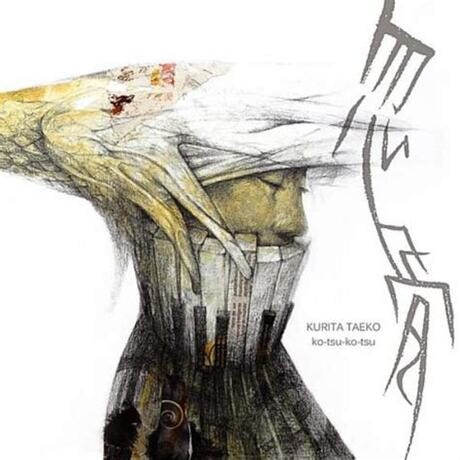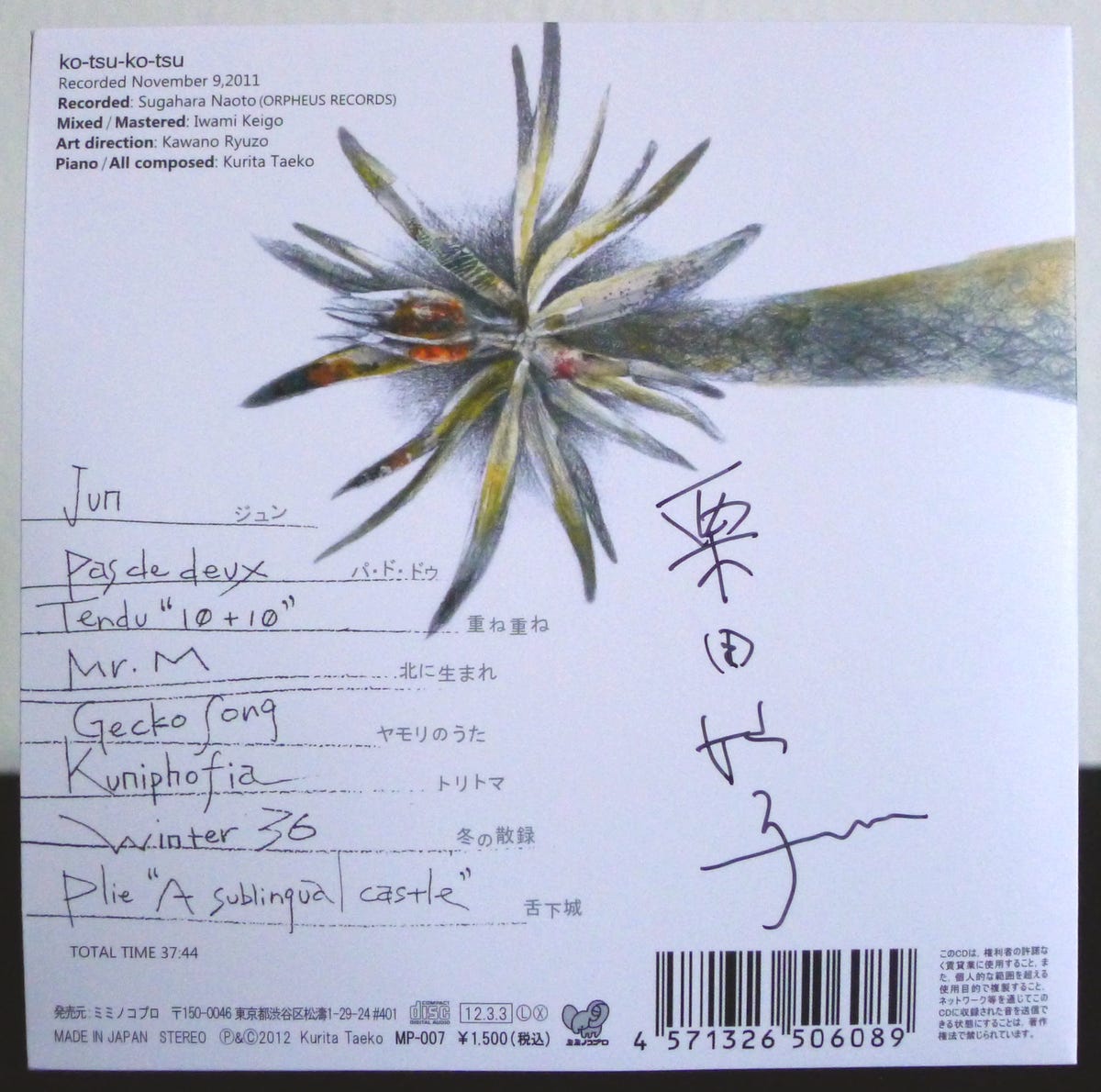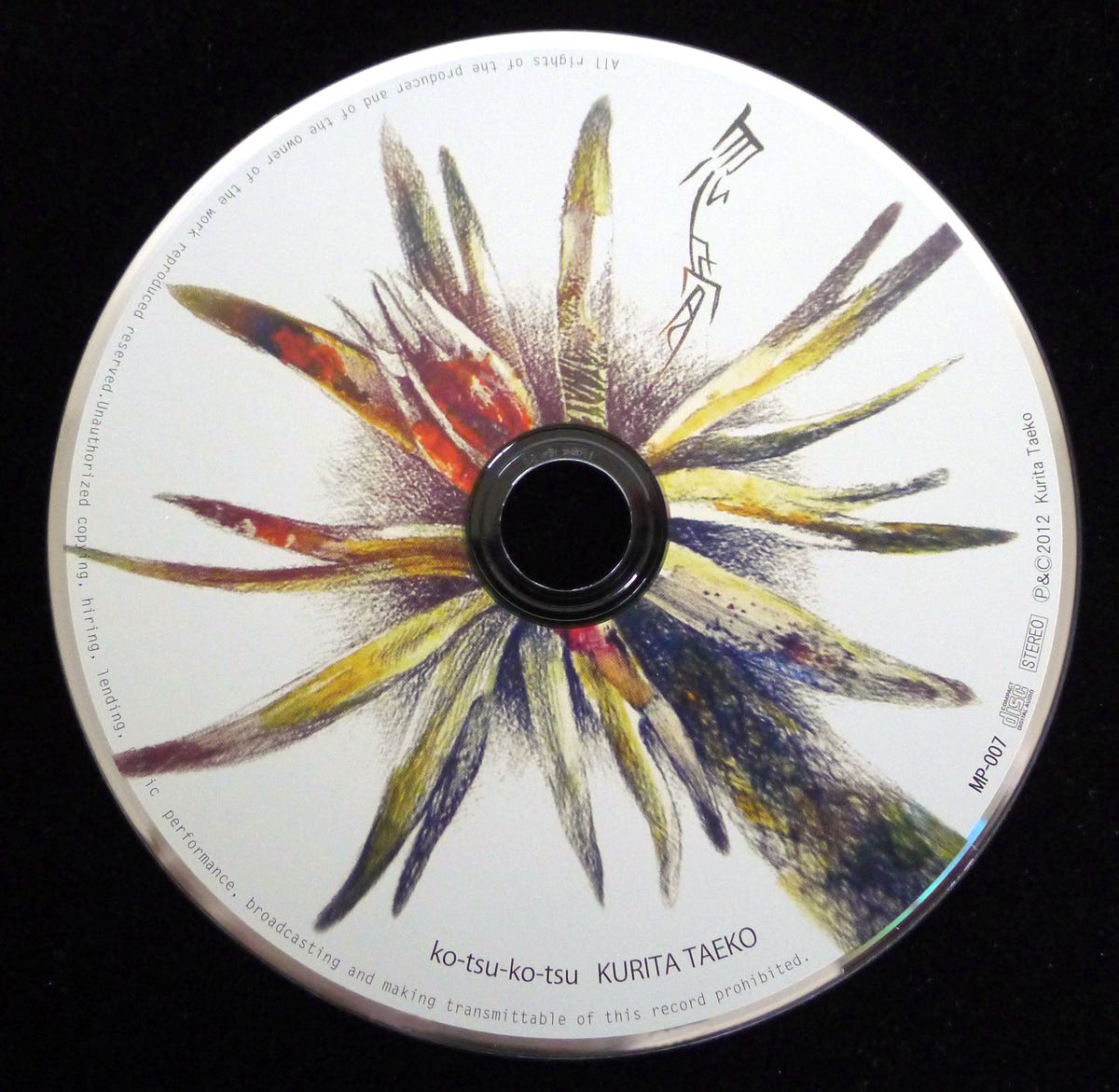Taeko Kurita: Ko-tsu-ko-tsu
Taeko Kurita’s Ko-tsu-ko-tsu is a solo piano album from 2012 featuring eight of her original songs. In addition to being a member of other groups such as jazz trios, many of her earlier releases as a leader are showcases for her solo piano compositions and improvisation. In fact, one of her most recent albums is simply called SOLO 5, mentioned in the previous article on her piano-drums album DUO. Like that album, Ko-tsu-ko-tsu is another great pick from her past catalog.
The album contains eight original songs and runs for a satisfying thirty-eight minutes. I’ll avoid over-describing the songs track-by-track here, and just say that this music is a lot like Duo, with Kurita keeping time while constructing melodies that are catchy and wonderous with a calming moderation. The entire album can be heard online through the playlist link below. In general, it’s beautiful solo piano music that is mellow and sleek. Some of it is powerfully escapist in creating scenes based on other worlds and ideas (in a receptive environment and like good music in general, surely). Highlights include the light rock of track #1 “Jun” (a version of this song is also on Duo), the haunting #2 “Pas de deux”, the adventurous #4 “Mr. M”, and the sweet and emotional #8 “Plie ‘A Sublingual Castle’”. While Duo also had three river-themed songs, Ko-tsu-ko-tsu contains three songs with titles related to ballet and dance (“Pas de deux”, “Tendu ‘10 + 10)’”, and “Plie ‘A Sublingual Castle’”. Like with rivers, writing for ballet seems to be another magnet for Kurita.
The album title also provides an interesting diversion for language-inclined listeners. The title ko-tsu-ko-tsu is printed on the cover, and the characters 忽骨 are also present, vertically drawn out and connected on the right side of the striking illustration. Ko-tsu-ko-tsu written in Japanese kanataka is コツコツ. This is a common Japanese onomatopoeia word meaning steadily progressing little by little towards a goal, and can also represent the sound of rhythmic tapping, knocking, and footsteps. As for the kanji, each of the characters 忽 and 骨 can be individually pronounced as ko-tsu, doubled up as 忽骨 to make the full album title and the katakana word ko-tsu-ko-tsu. This two-character, two-homophone compound made up of these two kanji characters isn't a common word, but Kurita combines them in this wordplayish way like a pun or double-meaning to create a novel connotation. In this case, the two characters represent sudden and bone (or backbone/spirit/knack), an interesting visceral context to add to the title of her album and to set a distinctive mood, a mood reinforced by the fantastic cover art and the tap-tap rhythm and clicking friction of the sound of ko-tsu-ko-tsu itself.
Similarly fun and curious, there are slight differences between the Japanese and English song titles. While most of the song titles are translated literally, a few are distinct. #3 “Tendu ‘10 + 10’” is written on the back cover as 重ね重ね, meaning repeatedly, over and over. In wordplay mode, the ‘10 + 10’ of the English title is the combination (+) of the English 10 or ‘ten’ with the Japanese 10 or jyuu/du, for “ten + du” or “tendu”, the first part of the song title.
The song #4 “Mr. M” is 北に生まれ (born in the north). I’m not sure of the connection here, but these may be clues about a specific person that Kurita wrote this song for. #7 “Winter 36” is 冬の散録 (winter jottings, assorted notes), where, like with “Tendu”, a type of wordplay called goroawase is used. The number 3 is san in Japanese, and 6 is roku, combined as 36 to become the sanroku which is the unusual word 散録 in the song title.
Like the music in the last song on the album, #8 “Plie ‘A Sublingual Castle’” or 舌下城 (castle-under-tongue), both the Engish and Japanese titles are very evocative… While I haven’t been able to figure it out, it feels like there may be more to this title than just its creative image. Perhaps a secret stronghold kept guarded, unvoiced (a castle beneath the tongue?)… or an impenetrable fortress created by a slip of the tongue, as a careless remark, or 舌禍 (zekka) can have the same sound as 舌下 (zekka), possibly?
Ko-tsu-ko-tsu by Taeko Kurita
Taeko Kurita - piano
Released in 2012 on Kurita Taeko as MP-007.
Names in Japanese: 栗田妙子 Kurita Taeko
Related Albums
Audio and Video
Excerpt from “Mr. M”, track #4 on this album:





